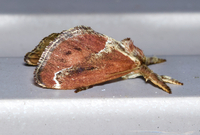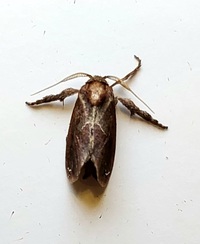
| Recorded by: Mark Basinger on 2025-07-24
Brunswick Co.
Comment: | 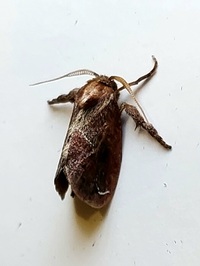
| Recorded by: Mark Basinger on 2025-07-24
Brunswick Co.
Comment: |
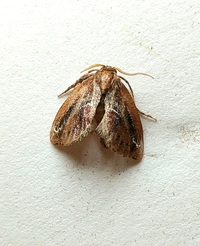
| Recorded by: Mark Basinger on 2025-05-21
Wilson Co.
Comment: | 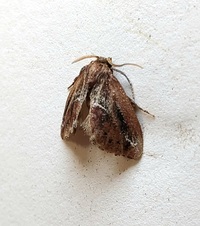
| Recorded by: Mark Basinger on 2025-05-21
Wilson Co.
Comment: |
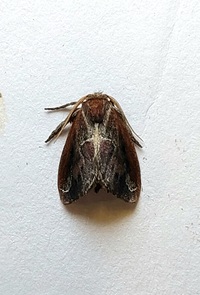
| Recorded by: Mark Basinger on 2025-05-03
Brunswick Co.
Comment: | 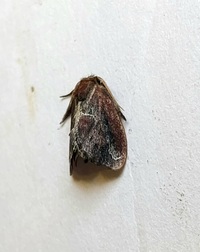
| Recorded by: Mark Basinger on 2025-05-03
Brunswick Co.
Comment: |
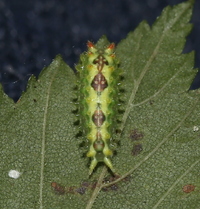
| Recorded by: David George, Stephen Dunn, Jeff Niznik on 2024-09-12
Orange Co.
Comment: | 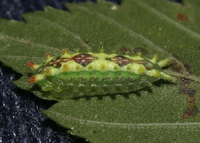
| Recorded by: David George, Stephen Dunn, Jeff Niznik on 2024-09-12
Orange Co.
Comment: |
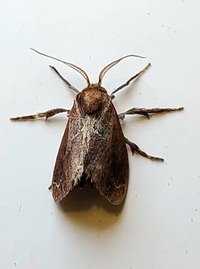
| Recorded by: Mark Basinger on 2024-09-01
Brunswick Co.
Comment: | 
| Recorded by: R. Newman on 2024-08-31
Carteret Co.
Comment: |
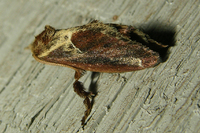
| Recorded by: Owen McConnell on 2024-07-02
Graham Co.
Comment: | 
| Recorded by: R. Newman on 2024-07-01
Carteret Co.
Comment: |

| Recorded by: Emily Stanley on 2024-06-28
Buncombe Co.
Comment: | 
| Recorded by: K. Bischof on 2024-06-24
Transylvania Co.
Comment: |

| Recorded by: K. Bischof on 2024-06-24
Transylvania Co.
Comment: | 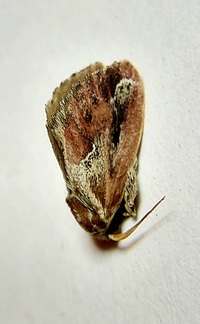
| Recorded by: Mark Basinger on 2024-06-23
Yancey Co.
Comment: |
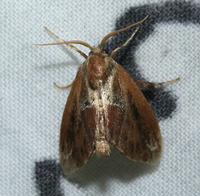
| Recorded by: David George, Jeff Niznik on 2024-05-25
Chatham Co.
Comment: | 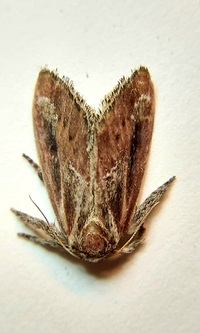
| Recorded by: Mark Basinger on 2024-05-07
Wilson Co.
Comment: |
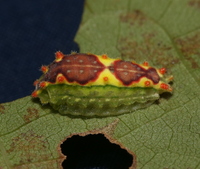
| Recorded by: David George, Stephen Dunn, Jeff Niznik on 2023-10-06
Orange Co.
Comment: | 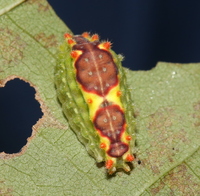
| Recorded by: David George, Stephen Dunn, Jeff Niznik on 2023-10-06
Orange Co.
Comment: |
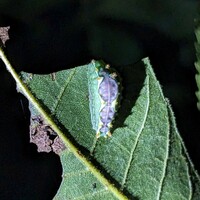
| Recorded by: Jeff Niznik on 2023-10-01
Orange Co.
Comment: | 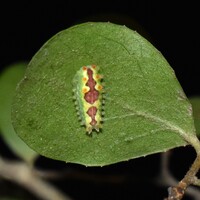
| Recorded by: Jeff Niznik on 2023-09-29
Harnett Co.
Comment: |
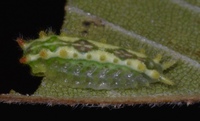
| Recorded by: Stephen Dunn on 2023-09-28
Orange Co.
Comment: | 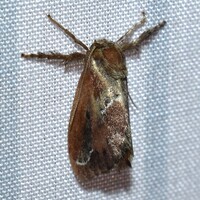
| Recorded by: David George, Stephen Dunn, Jeff Niznik, Rich Teper, Becky Watkins on 2023-07-30
Swain Co.
Comment: |

| Recorded by: David George, Stephen Dunn, Jeff Niznik, Rich Teper, Becky Watkins on 2023-07-29
Swain Co.
Comment: | 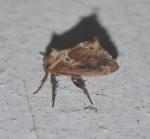
| Recorded by: K. Bischof on 2023-07-17
Transylvania Co.
Comment: |

| Recorded by: K. Bischof on 2023-07-09
Transylvania Co.
Comment: | 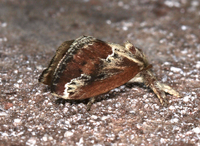
| Recorded by: Jim Petranka on 2023-07-06
Madison Co.
Comment: |
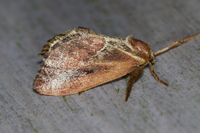
| Recorded by: Jim Petranka on 2022-07-17
Madison Co.
Comment: | 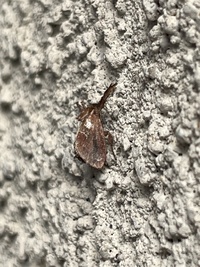
| Recorded by: Morgan Freese on 2022-07-06
New Hanover Co.
Comment: |
|

 »
»

